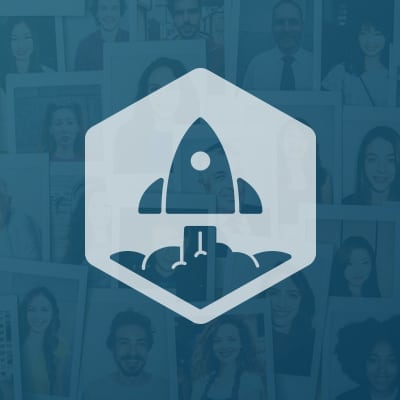By Avanish Sahai, Google Cloud VP of ISV & Application Partners
At SaaStr Annual, we’ll be sharing stories of how a few of our SaaS partners enable enterprises to change the way they do business. I am a former CXO and current investor and board member in the B2B software space. For several years, I was also the leader of the Salesforce AppExchange, the first “born in the cloud” ISV and technology partner ecosystem, and saw many companies in their journey from inception to exit. Based on these experiences, here are myths I often hear from early-stage SaaS companies who want to move upmarket and target enterprise buyers.
Myth #1 – Enterprises prefer well-known brands
In the past, most enterprise technology purchases were made through large, powerful, centralized IT organizations working across the entire enterprise. Today, technology spend is distributed across the enterprise with line of business leaders purchasing a few solutions specific to their department. In the past, software companies needed to provide solutions covering a wide range of capabilities to be relevant for centralized IT buyers who would deploy across multiple functions in the company. Today, enterprise buyers prefer SaaS companies that specialize in solving a specific business need, deploy rapidly and have high usability – even if no one outside their department is familiar with that offering or brand.
Myth #2 – Big wins are required for big enterprise revenue
Sellers often look at a large enterprise on a target list and aspire for one massive win. While one enterprise can be a large source of revenue, that revenue typically comes from many different departments, geos, and other groups who make up the buyers within that account. The best strategy to win most enterprise accounts is not to pursue a single massive contract, but to start with one influential buyer and scale out within the account – this “land and expand” approach has been at the core of the growth of successful companies like Atlassian, Salesforce, Servicenow, and others.
Myth #3 – One winner takes all
Since enterprises rarely buy software through a single buyer, having a competitor already deployed in a target account does not reduce your chances of a win. Larger enterprises are often internally competitive and decentralized in their buying. Rather than trying to replace the competitor, look for other groups within the enterprise doing similar work and prove your product is better than what the other department is using. Help another internal group drive faster and greater value and enlist them as internal champions to help the rest of the company do the same, by using your product instead.
Myth #4 – Selling with partners is risky
Most enterprise processes are deeply connected. Marketing systems connect tightly with sales systems. Manufacturing systems connect with customer service. Human Resource systems connect with Finance. While your product may solve a specific problem for one of these processes, a partner may expose your offerings to a broader digital transformation initiative or agenda; selling with a partner in an adjacent workload can open even more doors. A trusted partner can help navigate the buying centers and decision-making steps in the account.
Avanish Sahai is Vice President ISV & Apps Partner Ecosystem at Google Cloud and a member of the Board of Directors for Hubspot. He has over 25 years of experience in the enterprise software sector as an executive, investor, board member, and advisor. Previously Avanish held leadership positions with ServiceNow, Demandbase and other VC-funded startups, and Salesforce. He was also a founding co-leader of McKinsey’s Software Practice and started his career at Oracle.

